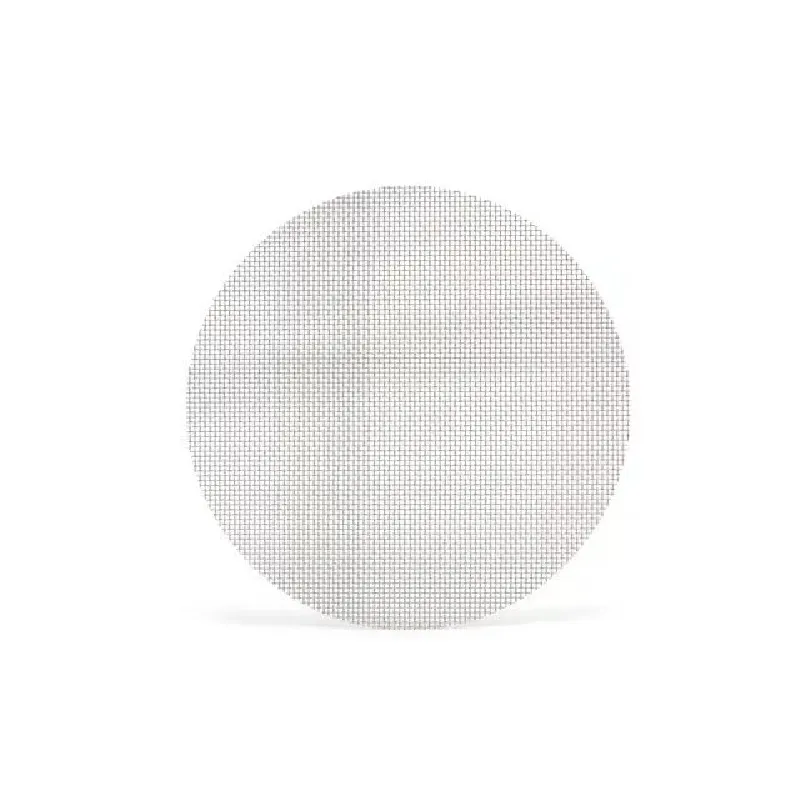-
 Afrikaans
Afrikaans -
 Albanian
Albanian -
 Amharic
Amharic -
 Arabic
Arabic -
 Armenian
Armenian -
 Azerbaijani
Azerbaijani -
 Basque
Basque -
 Belarusian
Belarusian -
 Bengali
Bengali -
 Bosnian
Bosnian -
 Bulgarian
Bulgarian -
 Catalan
Catalan -
 Cebuano
Cebuano -
 China
China -
 Corsican
Corsican -
 Croatian
Croatian -
 Czech
Czech -
 Danish
Danish -
 Dutch
Dutch -
 English
English -
 Esperanto
Esperanto -
 Estonian
Estonian -
 Finnish
Finnish -
 French
French -
 Frisian
Frisian -
 Galician
Galician -
 Georgian
Georgian -
 German
German -
 Greek
Greek -
 Gujarati
Gujarati -
 Haitian Creole
Haitian Creole -
 hausa
hausa -
 hawaiian
hawaiian -
 Hebrew
Hebrew -
 Hindi
Hindi -
 Miao
Miao -
 Hungarian
Hungarian -
 Icelandic
Icelandic -
 igbo
igbo -
 Indonesian
Indonesian -
 irish
irish -
 Italian
Italian -
 Japanese
Japanese -
 Javanese
Javanese -
 Kannada
Kannada -
 kazakh
kazakh -
 Khmer
Khmer -
 Rwandese
Rwandese -
 Korean
Korean -
 Kurdish
Kurdish -
 Kyrgyz
Kyrgyz -
 Lao
Lao -
 Latin
Latin -
 Latvian
Latvian -
 Lithuanian
Lithuanian -
 Luxembourgish
Luxembourgish -
 Macedonian
Macedonian -
 Malgashi
Malgashi -
 Malay
Malay -
 Malayalam
Malayalam -
 Maltese
Maltese -
 Maori
Maori -
 Marathi
Marathi -
 Mongolian
Mongolian -
 Myanmar
Myanmar -
 Nepali
Nepali -
 Norwegian
Norwegian -
 Norwegian
Norwegian -
 Occitan
Occitan -
 Pashto
Pashto -
 Persian
Persian -
 Polish
Polish -
 Portuguese
Portuguese -
 Punjabi
Punjabi -
 Romanian
Romanian -
 Russian
Russian -
 Samoan
Samoan -
 Scottish Gaelic
Scottish Gaelic -
 Serbian
Serbian -
 Sesotho
Sesotho -
 Shona
Shona -
 Sindhi
Sindhi -
 Sinhala
Sinhala -
 Slovak
Slovak -
 Slovenian
Slovenian -
 Somali
Somali -
 Spanish
Spanish -
 Sundanese
Sundanese -
 Swahili
Swahili -
 Swedish
Swedish -
 Tagalog
Tagalog -
 Tajik
Tajik -
 Tamil
Tamil -
 Tatar
Tatar -
 Telugu
Telugu -
 Thai
Thai -
 Turkish
Turkish -
 Turkmen
Turkmen -
 Ukrainian
Ukrainian -
 Urdu
Urdu -
 Uighur
Uighur -
 Uzbek
Uzbek -
 Vietnamese
Vietnamese -
 Welsh
Welsh -
 Bantu
Bantu -
 Yiddish
Yiddish -
 Yoruba
Yoruba -
 Zulu
Zulu
Developing a Hail Protection Network for Apple Orchards and Crop Safety Solutions
The Importance of Hail Netting for Apple Orchards
Hail damage is a significant concern for apple growers around the world. The unpredictable nature of weather can turn a sunny day into a stormy disaster, with hailstones impacting the viability of crops. As the agricultural sector increasingly looks for ways to mitigate risks, hail netting has risen as an effective solution. This protective measure not only shields apple trees from hail but also offers several additional benefits that can enhance the overall health and yield of the orchards.
The Importance of Hail Netting for Apple Orchards
Beyond safeguarding against hail, these nets also offer protection from other environmental threats. For example, hail nets can reduce the risk of damage from strong winds and heavy rainfall. This is especially advantageous during unpredictable weather patterns that have become more common due to climate change. Furthermore, hail nets can act as a barrier against pests and birds, which can further harm the apples. By minimizing pest damage, growers can reduce their reliance on chemical pesticides, thus promoting a more sustainable approach to agriculture.
hail net for apple

Hail netting systems can also contribute to a more favorable microclimate for the apple trees. By acting as a shade, the nets help to moderate temperature extremes, protecting the fruit from sunburn during hot weather. Additionally, the nets can reduce evaporation rates from the soil and increase humidity levels around the trees, which are beneficial for apple development. This can lead to better fruit quality, with improved color, size, and overall yield.
Implementing hail netting requires an initial investment, but the long-term benefits often outweigh the costs. Many growers report an increase in the quality of their harvest, leading to higher profits. This investment not only secures the immediate crop but also enhances the orchard's sustainability. As consumer demand for high-quality, locally grown produce continues to rise, having protected and healthy apples can give growers a competitive edge in the market.
Moreover, with advancements in technology, hail netting systems have become more sophisticated. Some systems are designed to be retractable, allowing for flexibility depending on weather conditions. This innovation means that growers can adjust their protection strategies based on forecasts, maximizing both protection and the exposure of trees to beneficial sunlight and airflow when conditions are favorable.
In conclusion, hail netting represents a valuable investment for apple growers facing the threat of extreme weather. By minimizing hail damage, protecting against pests, and promoting healthier tree conditions, hail nets contribute significantly to the sustainability and profitability of apple orchards. As climate conditions become more variable, investing in such protective measures becomes not just a choice but a necessity for ensuring the future of apple farming. With the right protective systems in place, apple growers can focus on what they do best cultivating delicious apples for consumers to enjoy.
-
Shipping Plastic Bags for Every NeedNewsJul.24,2025
-
Safety Netting: Your Shield in ConstructionNewsJul.24,2025
-
Plastic Mesh Netting for Everyday UseNewsJul.24,2025
-
Nylon Netting for Every UseNewsJul.24,2025
-
Mesh Breeder Box for Fish TanksNewsJul.24,2025
-
Expanded Steel Mesh Offers Durable VersatilityNewsJul.24,2025











